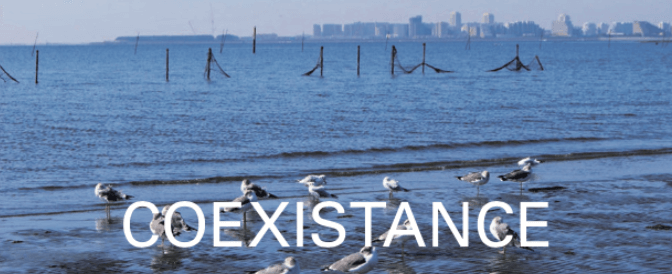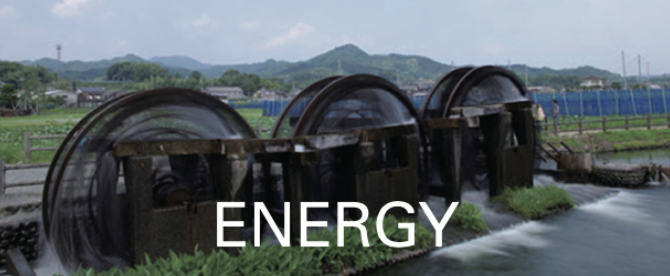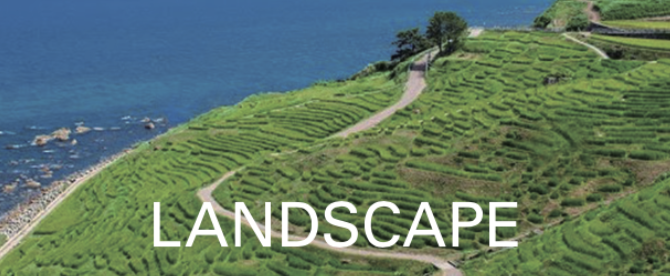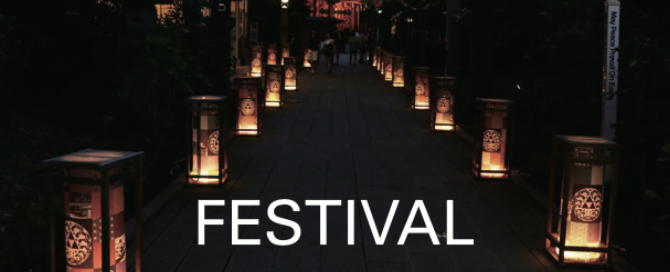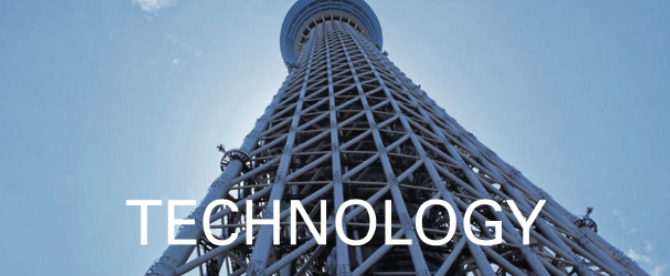
Takeshi Ihachiro Nobuyoshi (1752 – 1825), was born at Shimo-Utsutsumi Village in Sotoboso of Boso Peninsula, Chiba. He became Horimono-Daiku, a sculptor for temples and shrine buildings. And Ihachiro carved waves at Ranma, transom. He was even told that his carved wave was the best in Japan, and “Don’t carve a wave, when you go to Kanto region which was the territory of Ihachiro.” The instantaneous movement of the waves carved by Ihachiro is comparable to that of modern high-sensitivity cameras. This museum introduces Ihachiro, who influenced the Ukiyo-e by Katsushika Hokusai (1760 – 1849), a Japanese artist of Ukiyo-e painting and woodblock printing.
―
Ihachiro’s work was born in the nature and culture of Awa Chiba, the southeastern part of the Boso Peninsula. It is a dynamic Baroque style which is a free flow of emotional expression of the early modern, the latter Edo period (1603-1868).
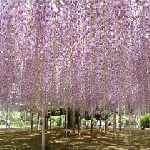
Koga became the center to oversee samurai clans in the Kanto region by Ashikaga Shigeuji, who was the Kanto district administrator, Kogakubo, after moving from Kamakura. This continued during the age of provincial wars in the middle age of the 15th -16th century. This flower park is 100,000 square meters and is a “Flower art village” where you can enjoy flowers of different seasons. There are Wisteria trellis with 600 tatami mats, 4 great Wisteria over 150 years old, and a white Wisteria tunnel with a length of 80 m. You can enjoy superimposing the Wisteria with the local history of the samurai warrior.

Matagi runs agriculture programs in the summer and hunting around Mt Moriyoshiyama in the winter. The mountain has been the object of worship. Matagi burns Abies mariesii (Aomoritodomatsu), from the forest of Mt. Moriyoshiyama, and performs a smoke ablution before hunting.
They have the faith that the mountains are dominated by God. Matagi was stronger than the Ogre as Mount Samurai. The museum exhibits Matagi materials such as unusual hunting tools and costumes. There is also a Matagi school, where you can walk the mountains together with local Matagi inheritors.
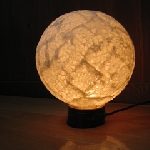
The largest traditional Japanese paper-making town in northeast Japan is located at Kamikawasaki, in Nihonmatsu City, Fukushima. It overlooks Mt. Adatara and has access to the Abukuma River’s pristine water. Traditional paper manufacturing here dates back to the middle of the Heian period (794-1185).
At that time, the paper from Kamikawasaki was called Michinoku Gami in Kyoto. Mayugami was also manufactured here. It was a popular paper among aristocrats, like Murasaki Shikibu (973/978-1041/1031), a Japanese novelist, poet and court lady, and Sei Shonagon (966-1017), a Japanese author, post and a sourt lady. Visitors can actually experience making traditional paper, from the local Kamikawasaki mulberry plants.
